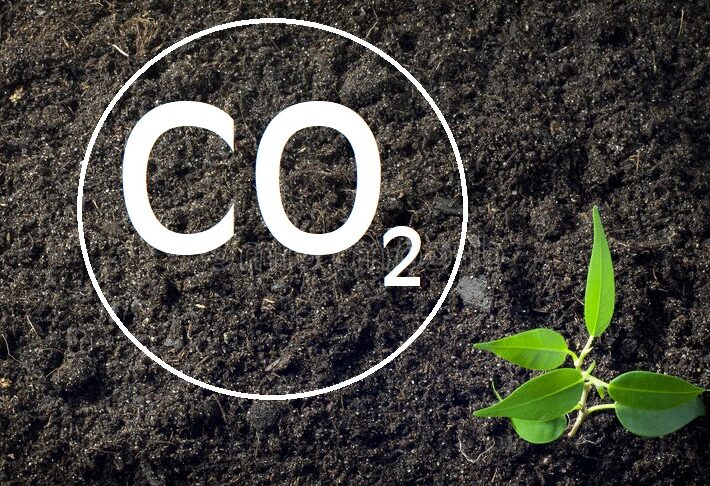Are you interested in promoting environmental sustainability and making money at the same time? Using carbon credits is a special way to accomplish both. The world of carbon credits for trees in India will be explained in this blog as we look at ideas like carbon trading and carbon emission trading, as well as what is carbon credit and how to obtain carbon credits for trees in India and contribute to a greener future.
What is Carbon Credit?
The reduction of one metric tonne of carbon dioxide (CO2) or its equivalent greenhouse gas emissions is represented by carbon credits, a trading commodity. They are given out as a result of carbon offset initiatives, which support actions that absorb or lower CO2 in order to balance off emissions from businesses and other sources. As trees absorb CO2 through photosynthesis and store carbon in their biomass, tree plantation initiatives are essential for creating carbon credits.
Carbon Trading in India
A market-based strategy for lowering greenhouse gas emissions is carbon trading. It entails the purchasing and selling of carbon credits, enabling organizations to fulfill their financial and emission-related commitments. The CDM – Clean Development Mechanism established by the UNFCCC – United Nations Framework Convention on Climate Change, governs carbon trading in India. The CDM enables industrialized nations to contribute to emission reduction initiatives in developing nations like India in exchange for carbon credits.
The Importance of Carbon Emission Trading
Carbon Trading in India is a powerful tool for encouraging emission reductions and advancing sustainable practices. Establishing a monetary value for carbon reduction efforts, it motivates businesses and individuals to embrace cleaner technologies and finance environmentally conscious initiatives. Additionally, carbon emission trading helps in meeting the climate goals specified in global agreements like the Paris Agreement.
Steps to Obtain Carbon Credits for Trees in India
Follow these step-by-step guidelines to obtain carbon credits for trees in India:
1. Identifying Suitable Tree Plantation Projects
The first step is to identify tree plantation projects that comply with recognized standards and methodologies for carbon offsetting. Look for initiatives that focus on afforestation, reforestation, or forest conservation, ensuring their adherence to sustainable practices and local regulations.
2. Assessing Carbon Offset Potential
Once you have identified potential projects, assess their carbon offset potential. This involves estimating the amount of CO2 that can be sequestered or avoided through the project. Expert assistance or carbon consultants can help with accurate calculations.
3. Implementing and Monitoring Tree Plantation Projects
After registering the project, proceed with the implementation phase. Ensure the effective execution of tree plantation activities and implement robust monitoring systems to track carbon sequestration progress and ensure compliance with the chosen standard.
4. Calculating Carbon Sequestration
Accurate measurement of carbon sequestration is vital for generating valid carbon credits. Employ approved methodologies and tools to calculate the amount of CO2 sequestered by the trees. Regular monitoring and periodic verification will strengthen the credibility of your carbon credits.
5. Validating and Verifying Carbon Credits
Engage independent third-party auditors to validate and verify the carbon credits generated by your project. This verification process ensures transparency and credibility in the market, increasing the value of your credits.
6. Selling Carbon Credits on Trading Platforms
Once your carbon credits have been verified, they can be listed on carbon trading platforms. These platforms connect buyers and sellers, allowing you to monetize your credits and trade them with entities looking to offset their emissions.
Financial Benefits of Carbon Credits
There are various financial advantages to taking part in carbon trading and buying carbon credits for trees in India. In the first place, it gives tree plantation projects a means of funding, enabling their sustainability and growth. Additionally, project owners can make money by selling carbon credits at market rates. Additionally, organizations dedicated to environmental stewardship may invest in and cooperate with companies that engage in carbon trading.
In Conclusion, Obtaining carbon credits for trees in India through tree plantation projects is a rewarding endeavor that combines environmental sustainability with financial benefits. By following FCF India’s outlined steps, individuals and organizations can actively contribute to mitigating climate change while participating in the growing market of carbon trading. FCF India provides you an opportunity to make a positive impact and secure a greener future for generations to come. So, Are You With Us?



